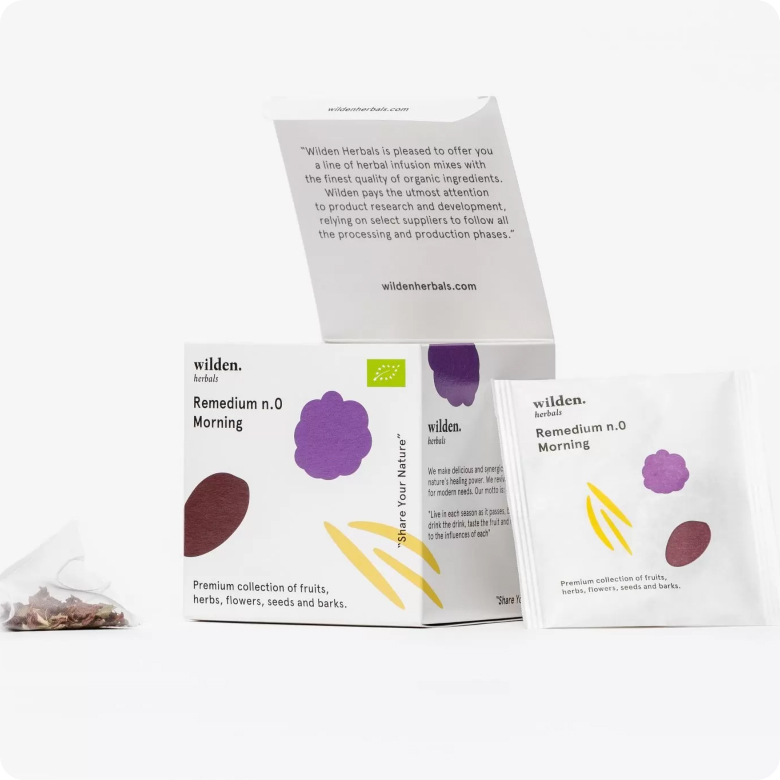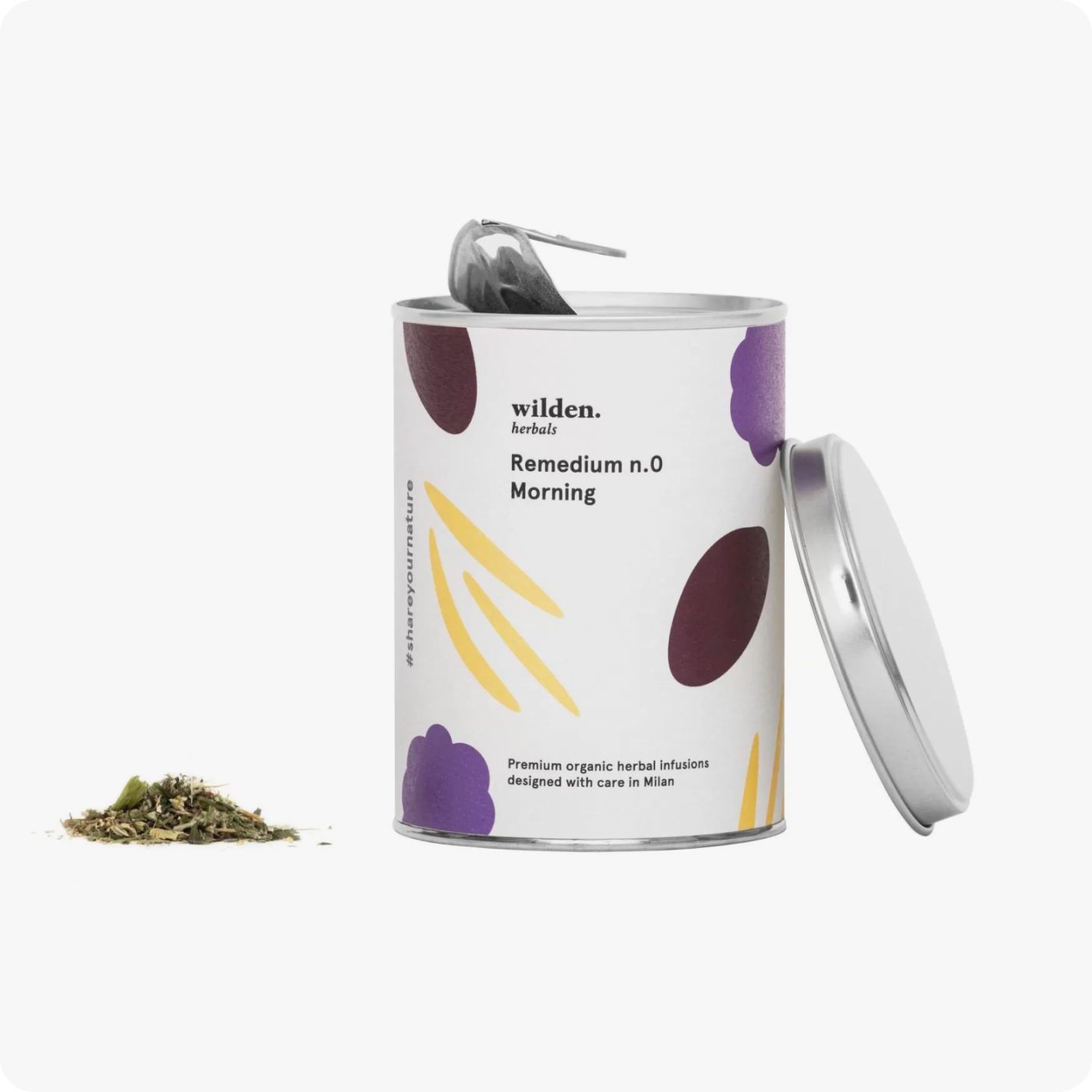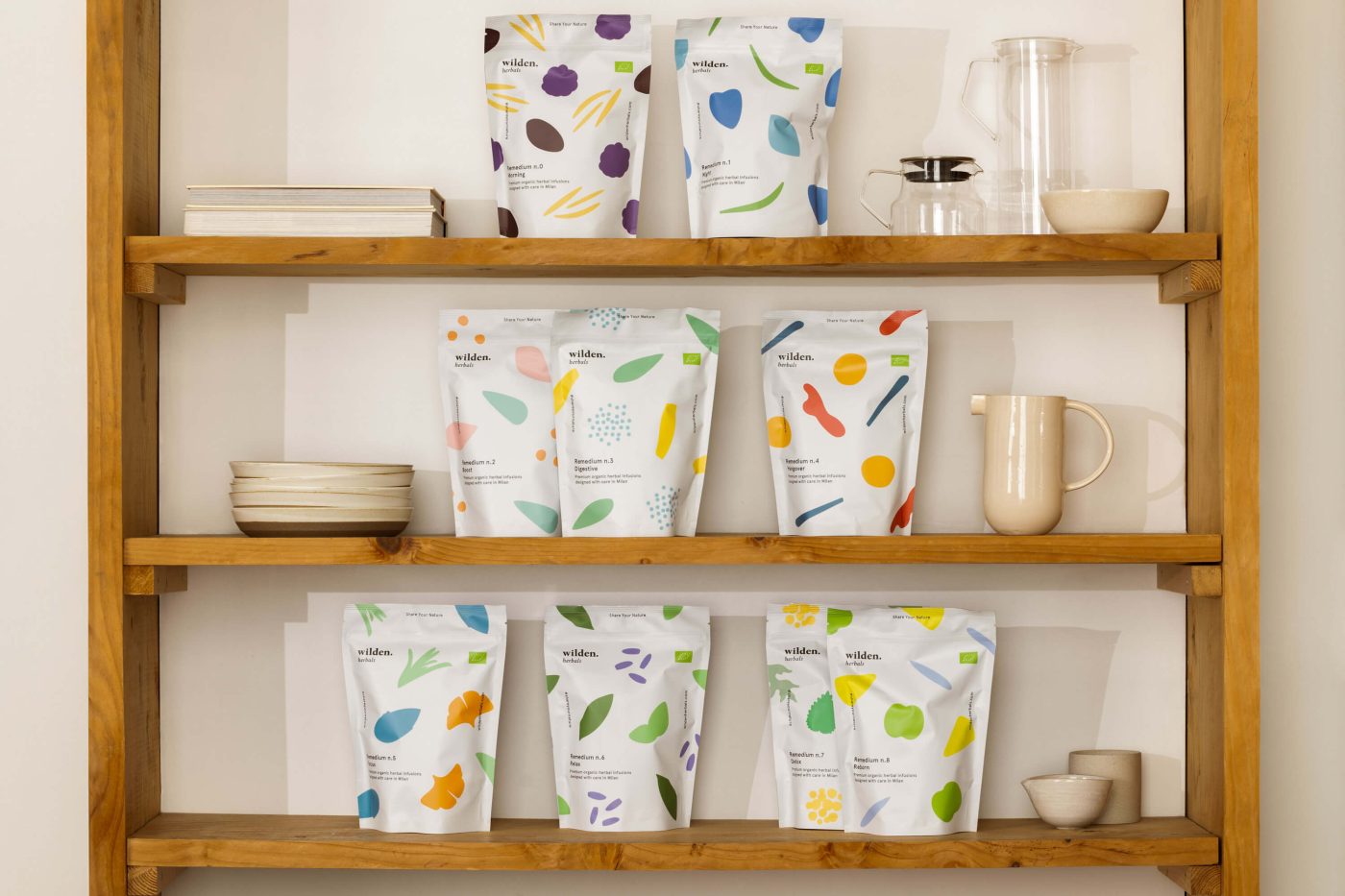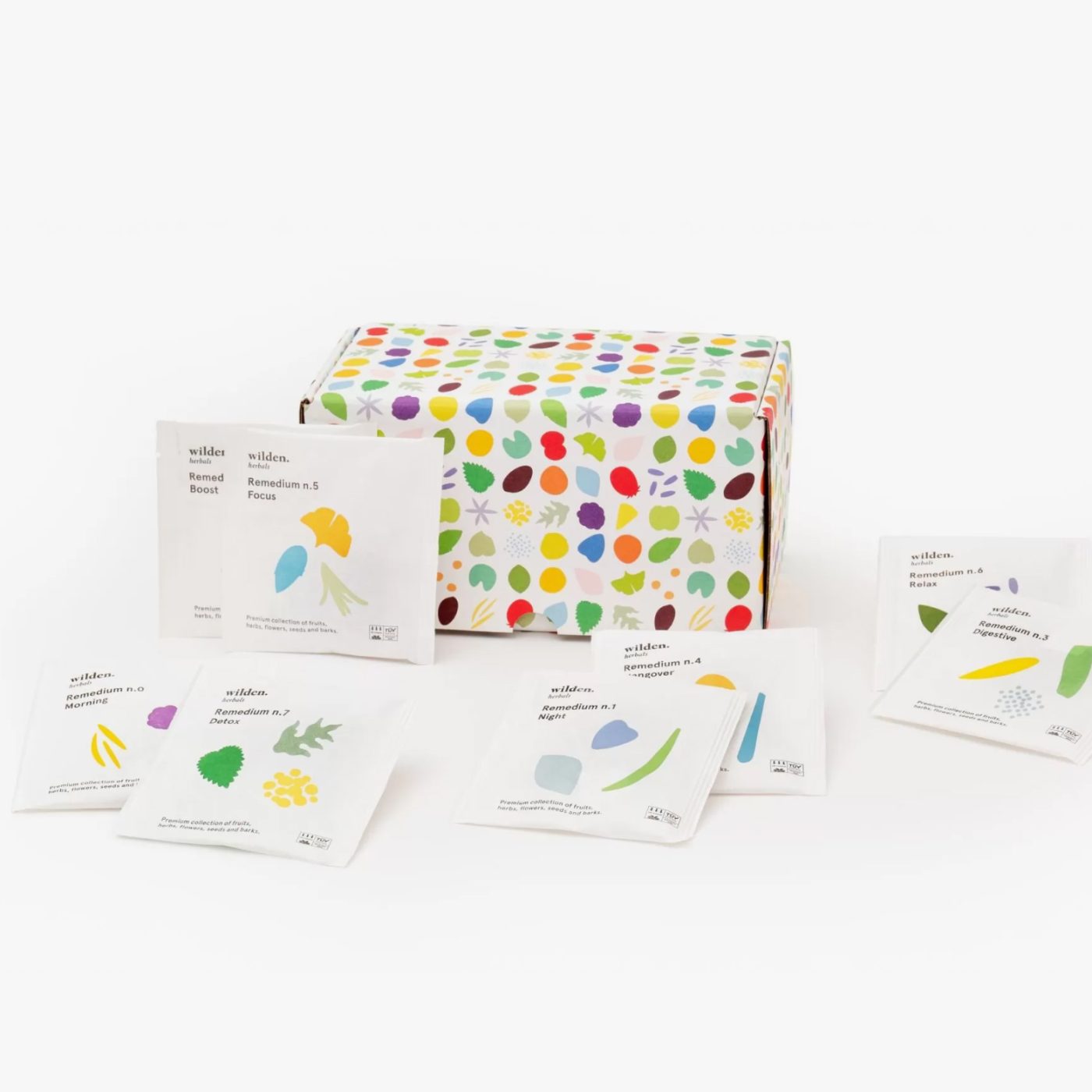Echinacea, a valuable aid for the immune system
Let's discover properties, benefits and uses of echinacea, the medicinal plant famous for its prodigious immunostimulating and anti-infective properties.
- What does the echinacea look like
- History and origins of echinacea
- Is echinacea good for you
- How is echinacea used
- Curiosities
- Bibliography
What does the echinacea look like
Belonging to the Asteraceae family, the same as its famous sunflower brother, echinacea enjoys an indisputable reputation among medicinal plants. It is a perennial herbaceous plant up to 1.5 m tall, characterized by thick, black roots and a simple, hairless stem.
Its leaves are elongated, and the large daisy-like flowers can be red, pink, white or purple, depending on the variety. The echinacea genus has nine species and in North America, where it is endemic, it is commonly called coneflower, simply because its flower resembles a cone. The name Echinacea, on the other hand, derives more imaginatively from the Greek Echinos, sea urchin, referring to the central disc made of thorny flowers.
The most popular species of this plant are three: E. Purpurea, E. Angustifolia and E. Pale. They are distinguished mainly by the color of the flowers which goes from bright pink to white, as hinted from the name.


History and origins of echinacea
Native to the plains of North America, from ancient times it has been widely used in the form of ointment by shamans and Native tribes for its healing properties, and in particular for the treatment of wounds, burns, insect and snake bites, for humans as well as horses. It was also chewed to treat toothache, throat and stomach infections.
The European settlers later drew from the wise use of Echinacea by Native Americans, by using it as a folk medicine until it was inserted as the main ingredient in the “Meyer’s Blood Purifier”, launched on the American market for the treatment of rheumatism and neuralgia in the second half of the 19th century. In Europe, where it was later imported, it was recognized as a medicinal plant in 1916.
Today, after numerous researches that have studied its chemical and pharmacological properties, Echinacea is used for a wide variety of symptoms thanks to its immunostimulating and anti-inflammatory effects, especially through extracts, ointments, lotions and what matters most to us, infusions.
Is echinacea good for you
The active ingredients are concentrated in the roots and flowers, like the echinacoside, a derivative of caffeic acid that stimulates the immune system by exerting an antiviral, antibacterial and fungicidal action. If taken regularly and on time, it seems able to fight the first symptoms of cold, including sore throat, fever and cough. In addition, thanks to the concentration of flavonoids, this plant is said to be a good remedy for fighting different types of infections, from the urinary tract to the mouth’s gums.
How is echinacea used
You can find echinacea extracts in many different forms, such as drops, syrups, ointments, capsules and tablets.
But for a more “slow” and pleasant consumption, we recommend taking echinacea as an infusion. Our Remedium n.2 – Boost s a blend of botanical plants with antioxidant and immunostimulating properties, capable of strengthening the immune defenses, protecting the body from risk factors and preventing and treating cold symptoms. It is a mix of 9 herbs in which the pharmacological properties of echinacea and turmeric are supported by the action of other herbs such as elderberry and bay leaf. We also recommend it among our morning herbal teas, especially for those days when you need one more reason to get out of bed..
And for when it’s too warm for hot water: try our recipe for a cold version as we describe here, with peach and lemon.
Thanks to its healing properties, echinacea is also used in cosmetic products for the treatment of acne, stretch marks and wrinkles, or simply to relieve red or irritated skin if added to the water of a nice warm bath.

Curiosities
- In the language of flowers, echinacea symbolizes, in its own right, Strength and Health.
- In Germany there are more than 100 medicinal preparations based on echinacea.
- Echinacea attracts butterflies, bees and other insects when grown in the garden.
- According to the magical-esoteric tradition, echinacea is able to strengthen spells and aphrodisiac potions.
Bibliography
- Sharifi-Rad, M., Mnayer, D., Morais-Braga, M. F. B., Carneiro, J. N. P., Bezerra, C. F., Coutinho, H. D. M., Salehi, B., Martorell, M., del Mar Contreras, M., Soltani-Nejad, A., Uribe, Y. A. H., Yousaf, Z., Iriti, M., & Sharifi-Rad, J. (2018). Echinacea plants as antioxidant and antibacterial agents: From traditional medicine to biotechnological applications. Phytotherapy Research, 32(9), 1653–1663.
- https://www.uppa.it/medicina/farmaci/echinacea/







